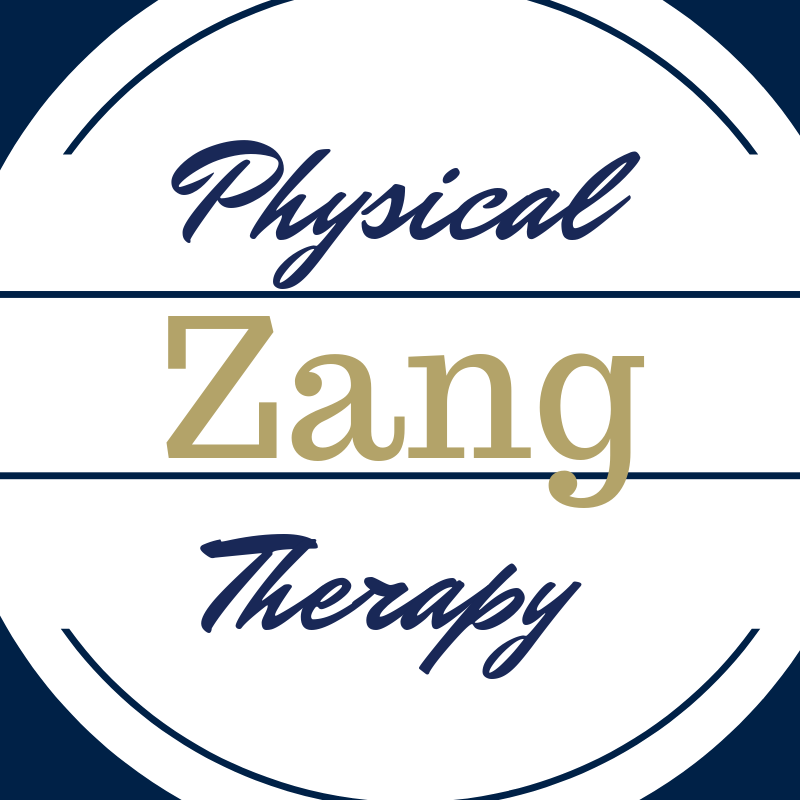A large number of the aging population will develop osteoarthritis to some degree and in some joint. The knee (12%) and hip (8%) are the most impacted joints. If you live long enough, YOU WILL HAVE IT. There is no need to fear it. Arthritis is just a part of NORMAL aging. The term arthritis or osteoarthritis is an inflammation of the joint. More simply, it is wear and tear of the joints typically seen as the body ages.
I often hear from patients that they have been told they have arthritis, and are doomed to reduced function, pain, or joint replacement. I am hear to tell you that does not have to be the case. There are options such as physical therapy, which can help an individual lead a more active, less painful life.
A study by Hoeksma et al examined a group of patients with hip osteoarthritis and divided them into a standard physical therapy group and one receiving the additional treatment of manual therapy (specialized hands on interventions) to help improve hip mobility in this case. They found 81% in the manual therapy group met improvement criteria versus only 50% with the standard therapy approach. This study is one of many pieces of evidence showing physical therapy can be helpful for osteoarthritis provided one seeks and receives best care.
Some of the more common complaints of patients with hip arthritis are morning stiffness, difficulty rising from chairs, difficulty bending to tie shoes, difficulty walking distances, and pain. If someone is experiencing any or all of these symptoms, it is time to talk with your family doctor about treatment options or call your physical therapist to schedule a consult to determine what may be possible to reduce your pain and increase physical function. Even if you are only experiencing a small reduction in joint mobility, seeking care sooner may be able to slow the rate of progression. Or better yet, teach you how to stay strong and flexible such that your function is less impacted and you live with less pain.
From a physical therapy perspective we examine and address any deficits in hip mobility (often found in several directions), develop increased lower body strength especially the gluteal muscles, and integrate a general conditioning program as each of these elements has been shown to be important for individuals with hip arthritis.
Do not think that therapy alone is a cure-all. To improve function, a great deal of hard work by the patient is necessary. If one is willing to put in the effort, it is possible to reduce your pain and improve your function living with hip arthritis.
